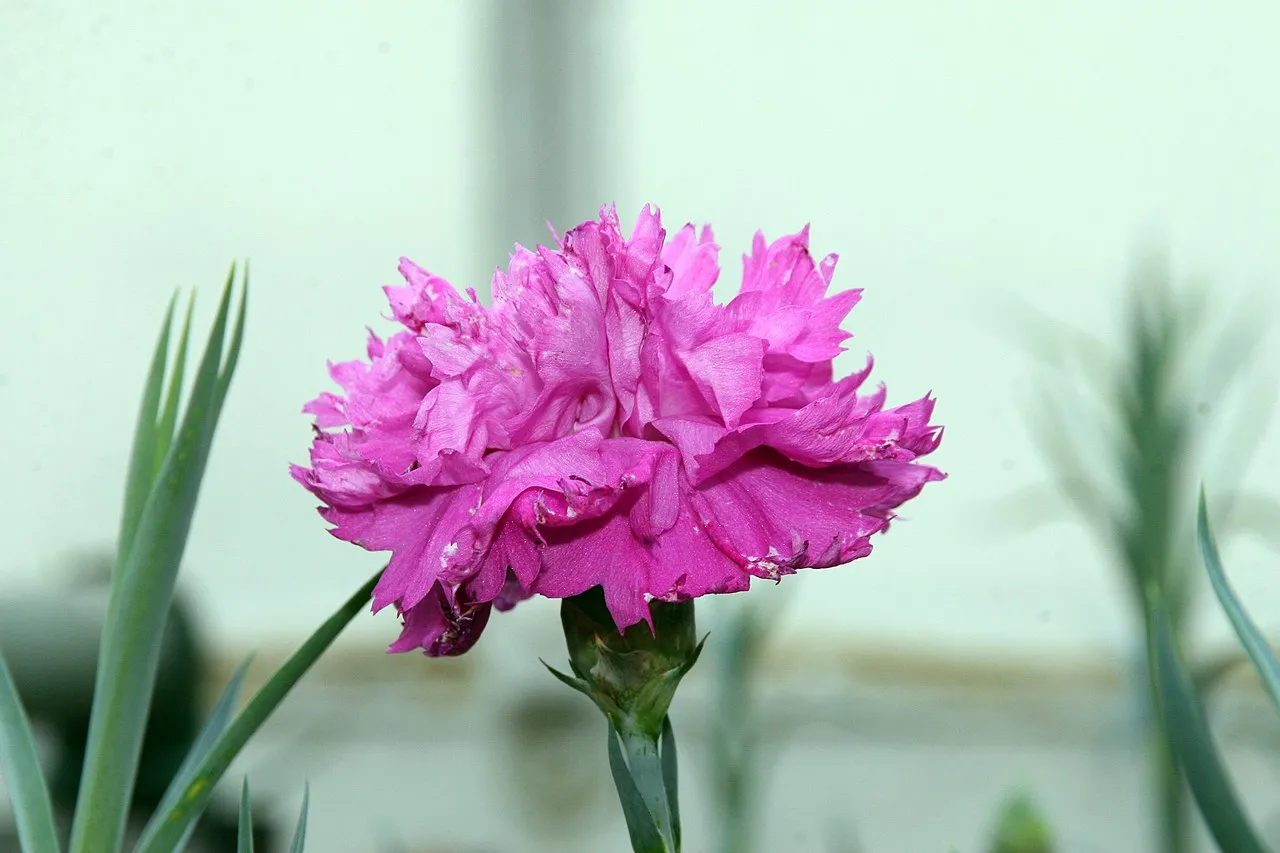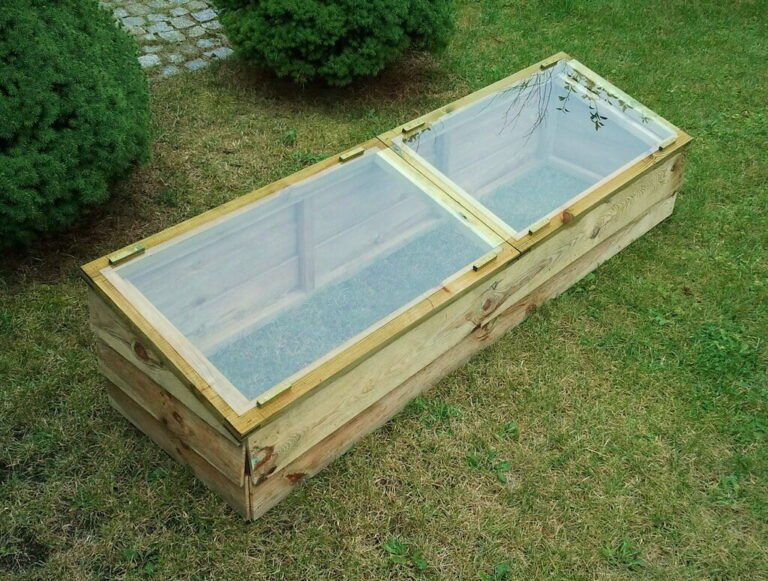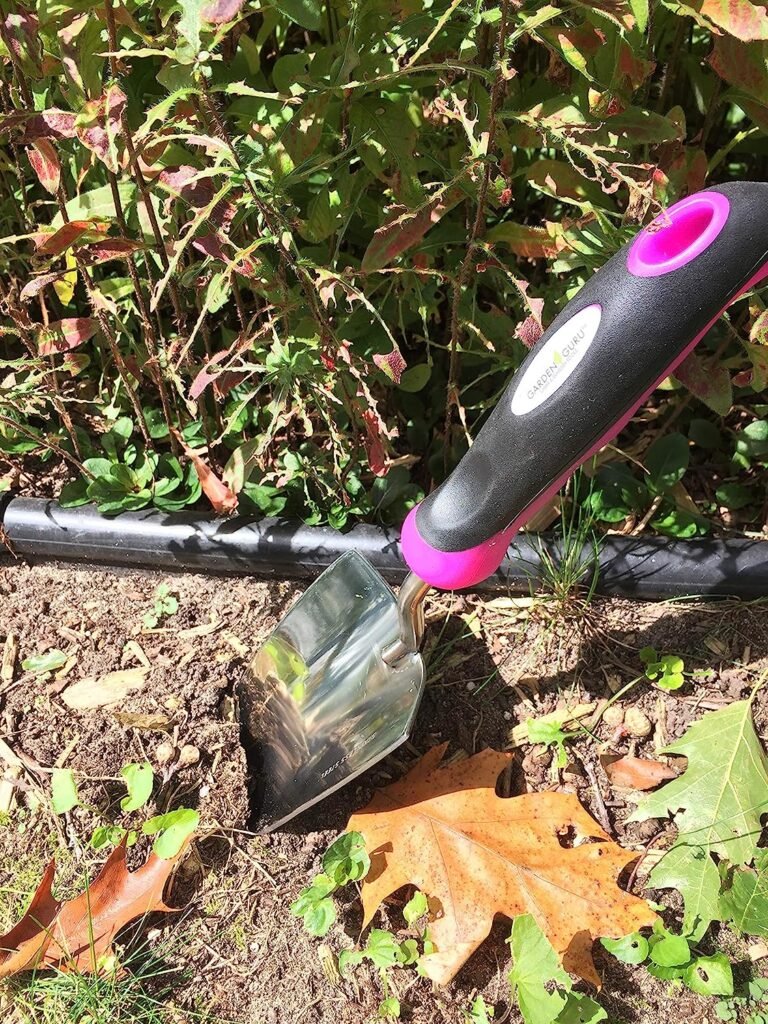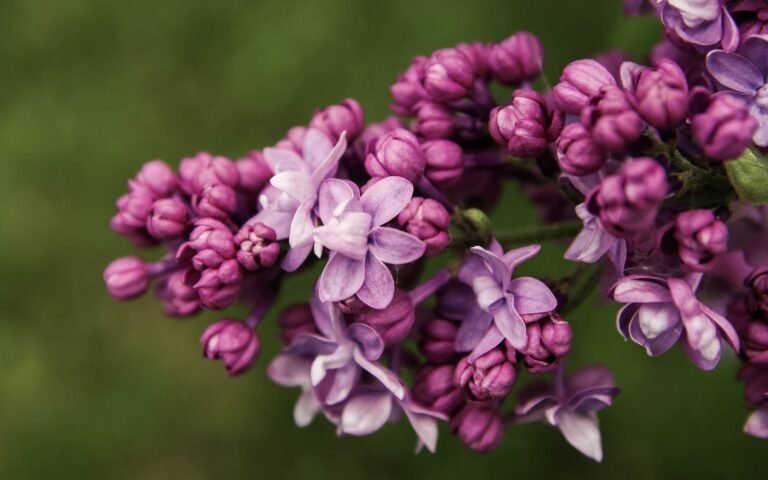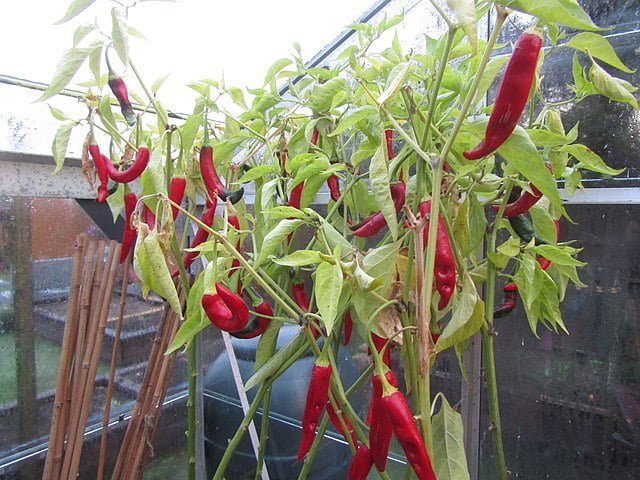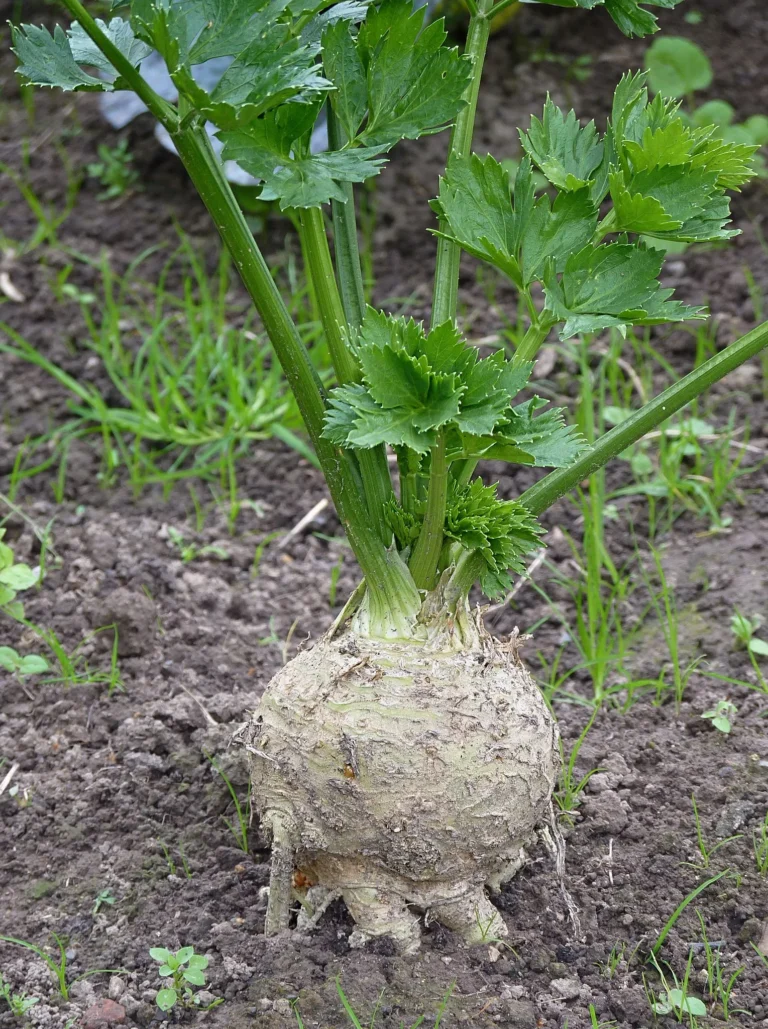Growing Carnations: A Comprehensive Guide for Garden Enthusiasts
Carnations (Dianthus caryophyllus), with their ruffled petals, wide colour palette, and distinctive fragrance, have captivated hearts for centuries. These perennial flowers, often grown as annuals in colder climates, are a staple in bouquets, garden beds, and as a symbol of love and fascination in floral language. Whether you’re drawn to the classic reds, the soft pastels, or the striking bi-colours, growing carnations can add a touch of elegance and beauty to any garden setting. This guide provides essential tips for cultivating healthy, vibrant carnations, from soil preparation to bloom.
What are Carnations?
Carnations, part of the Dianthus family, are known for their layered, frilly petals and sweet, spicy scent. They can range in height from compact, border-friendly plants to taller varieties suitable for cutting gardens. Carnations are versatile, thriving in garden beds, containers, and as cut flowers that add a lasting touch of grace to any arrangement.
Planting Carnations
- Choosing a Site: Carnations require full sun (at least 6 hours of direct sunlight daily) and well-drained soil. They prefer slightly alkaline soil (pH 6.7-6.9).
- Soil Preparation: Enrich the planting area with compost or well-rotted manure to ensure nutrient-rich, well-draining conditions. Incorporate a little lime if your soil is acidic.
- Planting Time: Sow seeds indoors 6-8 weeks before the last frost date or directly in the garden after the danger of frost has passed. For potted plants, transplant outdoors in spring when the weather stabilizes.
Care and Maintenance
- Watering: Keep the soil consistently moist but not waterlogged. Water at the base of the plant to avoid wetting the foliage, which can lead to fungal diseases.
- Feeding: Apply a balanced, slow-release fertilizer at planting time, followed by monthly applications of a liquid fertilizer during the growing season.
- Mulching: A layer of organic mulch helps retain soil moisture, control weeds, and keep root temperatures stable.
- Deadheading: Remove spent flowers regularly to encourage continuous blooming throughout the season.
Pest and Disease Management
Carnations are relatively hardy but can be susceptible to fungal diseases like rust and stem rot, especially in humid conditions. Ensure good air circulation, practice crop rotation, and use fungicides if necessary. Keep an eye out for pests such as aphids and treat with insecticidal soap or neem oil as needed.
Propagation
Carnations can be propagated by seeds, cuttings, or division. Taking cuttings from healthy plants in late summer is a popular method, as it preserves the characteristics of hybrid varieties.
Types of Carnations
- Standard Carnations: These are the tall, single-stem varieties often used in floral arrangements.
- Spray Carnations (Mini Carnations): Smaller flowers with multiple blooms per stem, ideal for bouquets and borders.
- Dwarf Carnations: Compact plants perfect for containers and front-of-border placements.
Final Thoughts
Growing carnations allows gardeners to experience the joy of cultivating one of the most cherished flowers in the world. With their extensive range of colours, patterns, and forms, carnations can complement any garden design or floral arrangement. By following the guidelines in this guide, you’ll be well-equipped to grow and enjoy these classic beauties in your own garden.

